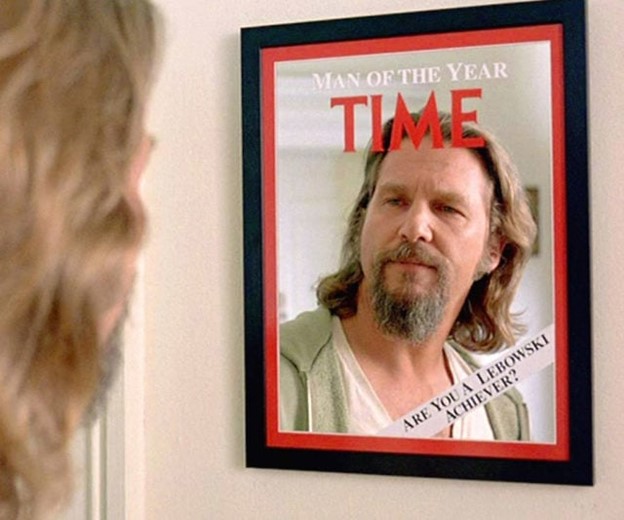
Steve Malanga writing in City Journal recently made a rather chilling and well-documented case that a growing number of American men are not simply unemployed but are also unemployable. Malanga writes:
But the workforce woes run deeper. Ever more adults are unemployable because of worsening social dysfunction, changing youth attitudes toward work, and university and public school failures to prepare students for labor-market realities. Drug legalization has made it harder to find laborers who can pass drug tests—essential to work in industries like construction and transport—leading to worker shortages for key jobs, including truck drivers. A crime spike, meantime, will likely create a new generation of convicts, among the toughest people to employ when they reenter society. Soaring mental-health problems add to the ranks of the unemployable. And many firms hesitate to hire new college grads because they often lack basic skills, starting with knowing how to communicate and function within a group, and often have unrealistic expectations about pay and benefits.
The male academic disaster has been evident in outcome data for years. To be sure, our society has problems in addition to this disaster, but the deep failure of our education system to equip boys with the habits and knowledge necessary for success exacerbates all of them. POSIWID applies here: Stafford Beer, a British academic, coined the term that the “purpose of a system is what it does,” known as POSIWID for short. Beer explained that the stated purpose of a system is sometimes at odds with the intentions of those who design, operate, and promote it. “There is after all no point in claiming that the purpose of a system is to do what it constantly fails to do.”
The American education system constantly fails to educate boys.
For example, below shows the average academic growth rate by state for female students in grades 3-8 between 2008-09 to 2018-19 from the Stanford Educational Opportunity Project. The horizontal center line denotes learning a grade level worth of math and reading in a year, dots are states, green dots are good, blue dots are bad.

And here is the same data for male students, who obviously learned a great deal less:


The regulatory capture of American school districts by unionized employee interests began in the 1960s and had more or less been completed by the 1980s. To be sure, some other interests, such as school construction firms, came along for the rent-seeking ride. Perhaps this was all fun and games until someone got hurt, and the now long list of the injured includes a rather large subgroup of students called “boys.”
The Big Lebowski should remain a comedy rather than a prescient documentary.